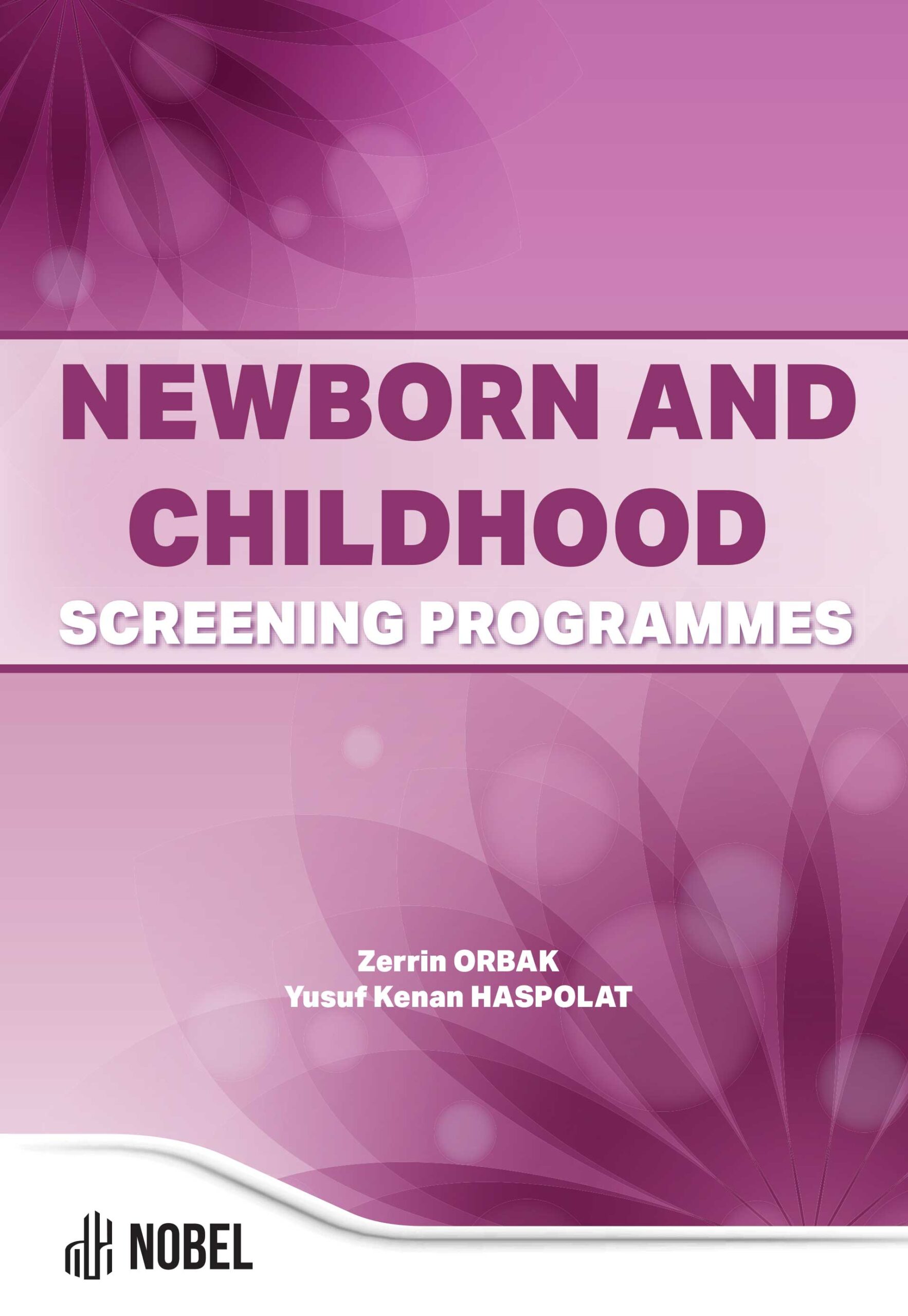Dyslipidemia Screening
Turgay Aras (Author)
Release Date: 2024-04-04
Dyslipidemia is lipoprotein metabolism disorders characterized by high total cholesterol (TC), LDL-C, non-HDL-C, triglyceride (TG) and low HDL-C.Although lipid and lipoprotein levels vary according to age and gender, acceptable, borderline high and high values have been determined for children.Dyslipidemia can occur for various reasons, such as dietary saturated and trans fats, consumption of refined carbohydrates [...]
Media Type
PDF
Buy from
Price may vary by retailers
| Work Type | Book Chapter |
|---|---|
| Published in | Newborn and Childhood Screening Programmes |
| First Page | 147 |
| Last Page | 155 |
| DOI | https://doi.org/10.69860/nobel.9786053358961.13 |
| ISBN | 978-605-335-896-1 (PDF) |
| Language | ENG |
| Page Count | 9 |
| Copyright Holder | Nobel Tıp Kitabevleri |
| License | https://nobelpub.com/publish-with-us/copyright-and-licensing |
Turgay Aras (Author)
Assistant Professor, Ataturk University
https://orcid.org/0009-0001-8500-9199
3Turgay Aras is a scientist who has been a physician for more than 23 years and has been working as a pediatrician for the last eight years. He graduated from Atatürk University Faculty of Medicine between 1993 and 2000. He worked in various positions at the Ministry of Health between 2000 and 2013. Between 2013 and 2017, he completed his specialization training in Atatürk University Faculty of Medicine, Department of Child Health and Diseases. He currently works at Atatürk University Faculty of Medicine, Department of Child Health and Diseases.
Daniels, S. R., Greer, F. R., & Nutrition, C. o. (2008). Lipid screening and cardiovascular health in childhood. Pediatrics, 122(1), 198-208.
ypercholesterolemia, obesity, diabetes, etc. leads to a significant number of children with dyslipidemia going unrecognized. Therefore, screening for dyslipidemia in childhood will contribute to controlling dyslipidemia with early diagnosis and reducing the risk and/or severity of ASCVD in later life (Heal
Health, E. P. o. I. G. f. C., Children, R. R. i., & Adolescents. (2011). Expert panel on integrated guidelines for cardiovascular health and risk reduction in children and adolescents: summary report. Pediatrics, 128(Supplement_5), S213-S256.
Neal, W. A., & John, C. C. (2016). Disoders of lipoprotein metabolism and transport. Nelson textbook of pediatrics, 470-471.
Sarah D de Ferranti, M., MPHJane W Newburger, MD, MPH. (2024). Dyslipidemia in children and adolescents: Defi nition, screening, and diagnosis. https://www.uptodate.com/contents/dyslipidemia-in-children-and-adolescents-defi nition-screening-and-diagnosis?search=dislipidemiler&source=- search_result&selectedTitle=3%7E150&usage_type=default&display_rank=3#H235228239
Tumer, L., & Kasapkara, Ç. S. (2013). Çocuklarda Hiperlipidemi Taraması. Turkiye Klinikleri Journal of Pediatrics, 22(4), 171-177.
| onix_3.0::thoth | Thoth ONIX 3.0 |
|---|---|
| onix_3.0::project_muse | Project MUSE ONIX 3.0 |
| onix_3.0::oapen | OAPEN ONIX 3.0 |
| onix_3.0::jstor | JSTOR ONIX 3.0 |
| onix_3.0::google_books | Google Books ONIX 3.0 |
| onix_3.0::overdrive | OverDrive ONIX 3.0 |
| onix_2.1::ebsco_host | EBSCO Host ONIX 2.1 |
| csv::thoth | Thoth CSV |
| json::thoth | Thoth JSON |
| kbart::oclc | OCLC KBART |
| bibtex::thoth | Thoth BibTeX |
| doideposit::crossref | CrossRef DOI deposit |
| onix_2.1::proquest_ebrary | ProQuest Ebrary ONIX 2.1 |
| marc21record::thoth | Thoth MARC 21 Record |
| marc21markup::thoth | Thoth MARC 21 Markup |
| marc21xml::thoth | Thoth MARC 21 XML |

